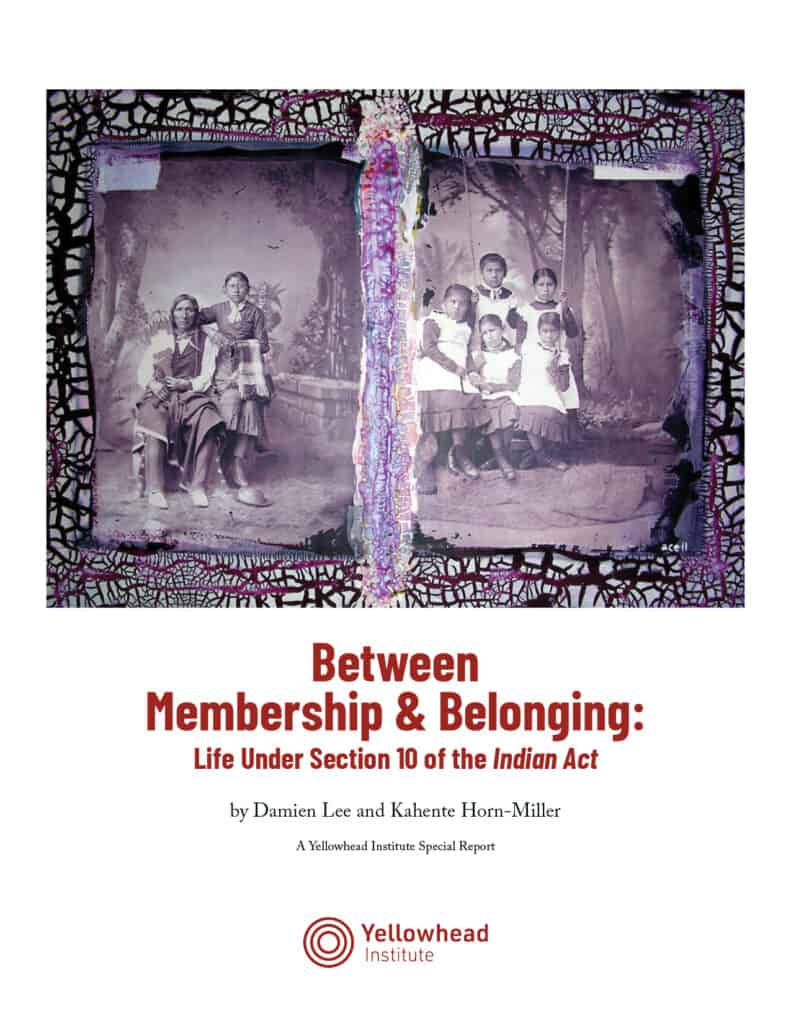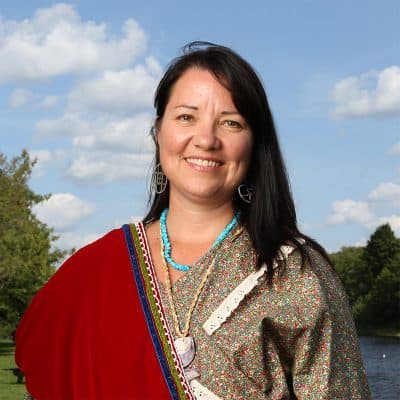- About
- Research
-
-
- Special Reports & Features
- Pretendians and Publications: The Problem and Solutions to Redface Research
- Pinasunniq: Reflections on a Northern Indigenous Economy
- From Risk to Resilience: Indigenous Alternatives to Climate Risk Assessment in Canada
- Twenty-Five Years of Gladue: Indigenous ‘Over-Incarceration’ & the Failure of the Criminal Justice System on the Grand River
- Calls to Action Accountability: A 2023 Status Update on Reconciliation
- Data Colonialism in Canada’s Chemical Valley
- Bad Forecast: The Illusion of Indigenous Inclusion and Representation in Climate Adaptation Plans in Canada
- Indigenous Food Sovereignty in Ontario: A Study of Exclusion at the Ministry of Agriculture, Food & Rural Affairs
- Indigenous Land-Based Education in Theory & Practice
- Between Membership & Belonging: Life Under Section 10 of the Indian Act
- Redwashing Extraction: Indigenous Relations at Canada’s Big Five Banks
- Treaty Interpretation in the Age of Restoule
- A Culture of Exploitation: “Reconciliation” and the Institutions of Canadian Art
- Bill C-92: An Act respecting First Nations, Inuit, and Métis Children, Youth and Families
- COVID-19, the Numbered Treaties & the Politics of Life
- The Rise of the First Nations Land Management Regime: A Critical Analysis
- The UN Declaration on the Rights of Indigenous Peoples in Canada: Lessons from B.C.
- View all reports.
- Special Reports & Features
-
-
- Yellowhead School
- The Treaty Map
- LIBRARY
- Submissions
- Donate
SPECIAL REPORT
Between Membership & Belonging: Life Under Section 10 of the Indian Act

In 1985 Canada ammended the Indian Act to in part enable First Nations to determine their own membership lists.
Bands could do so by writing what came to be known as section 10 membership codes. Section 10 has been celebrated as a form of self-governance, yet little research exists that considers the lived experience of such codes- particularly of those who belong with their communities through kinship law but are otherwise excluded due to a band’s membership rules. Based on in-person interviews conducted in 2019, this exploratory report shows that negative impacts exist and continue to go unresolved. Impacts fall into four categories: health, kinship, economic stability, and social wellbeing. We argue that while section 10 band membership is an important innovation in band governance, it must also be assessed as a determinant of health that, in some cases, has had long-term effects on those who find themselves caught in the space between membership and belonging. Given the above, further research is necessary to critically analyze section 10’s legacy.
KEY QUESTIONS
How does section 10 impact band membership and belonging? What impacts of exclusion does section 10 produce?
But while adapting to the colonial order may be a valid survival mechanism for a time, change is imperative if the initial adaptation has turned into internalized oppression. Instead of re-centering Indian status or other colonial logics such as blood quantum, among others, we would argue for membership codes that centre kinship-based approaches to belonging, or approaches based in Indigenous peoples inherent laws.
- Damien Lee & Kahente horn-miller
AUTHOR

Damien Lee
Anishinaabe, Fort William First Nation
AUTHOR

Kahente Horn-Miller
Kanien:keha'ka / Mohawk
ARTIST

Barry Ace
Anishinaabe (Odawa)


